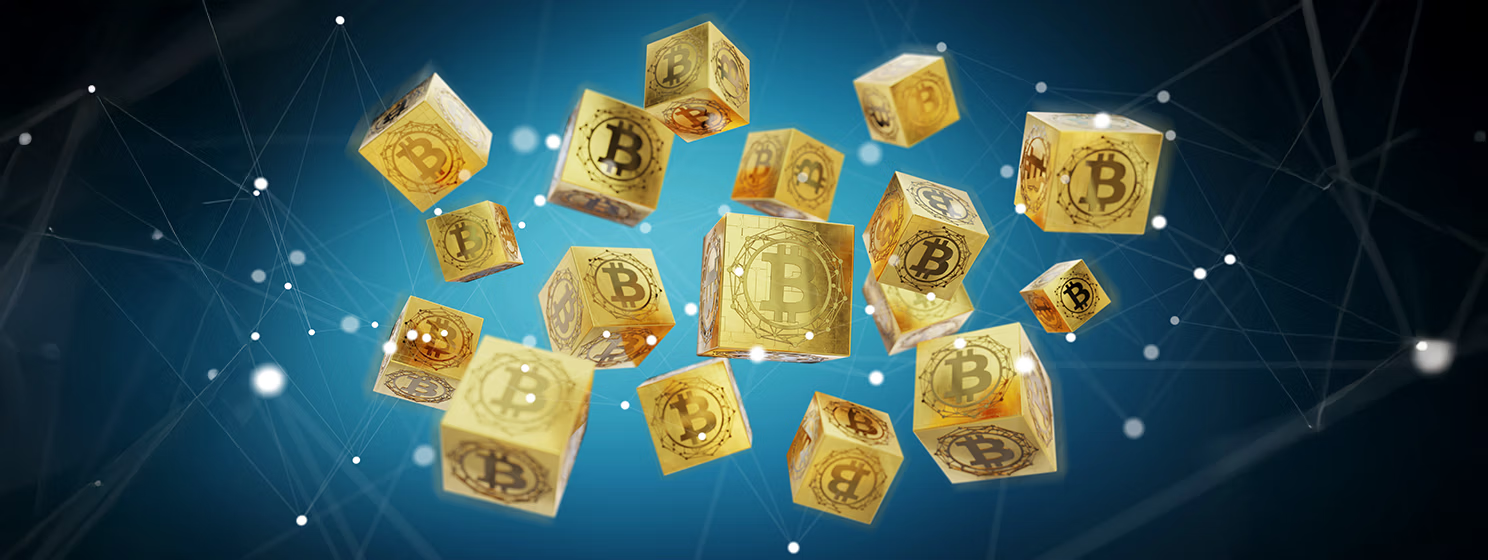|
Getting your Trinity Audio player ready...
|
In September 2022, the team behind the RUN protocol, the most adopted token protocol atop Bitcoin SV to date announced a decision “to do something new.” This decision came as a shock to the ecosystem as RUN is implemented by many prominent BSV applications such as CryptoFights, Jamify, HandCash, Haste Arcade, TonicPow, RelayX, DuroDogs and many others.
Announcing Upcoming Changeshttps://t.co/pWubYHbI9b pic.twitter.com/YPZzeXqtYH
— runonbitcoin (@runonbitcoin) September 16, 2022
For those who are not technical, it is important to note that all tokens and NFTs (or jigs) that implement RUN still and will continue to work. Unlike traditional companies whose assets disappear when shutting down, RUN at its core is simply a protocol and those assets adhere to it, with no dependency on servers or co-signing entities to authorize transfer or ownership. It is important to note that applications that heavily leveraged the protocol such as RelayX, NFTY Jigs and CryptoFights built their own infrastructure to handle these tokens, therefore are unaffected by this decision from a technical perspective.
With that stated, the RUN team is taking down their APIs by the end of the year. Those APIs are what the RUN SDK utilizes out of the box upon use. However, the SDK allows configuration of which APIs to use to interact with the blockchain:

Therefore, developers can simply change their configuration to a blockchain service like WhatsOnChain and the software will continue to operate. This allows the opportunity for new blockchain service providers to support the well-adopted SDK.
Before you guys start freaking out, JungleBus solves this.
Do NO freaking out. Zero.
🍌🍌🍌🍌🍌🍌🍌🍌
🍌https://t.co/iTw4lhPdwD🍌
🍌🍌🍌🍌🍌🍌🍌🍌Stop thinking about it. WGMI pic.twitter.com/nVDLnTJktp
— GorillaPool (@MineLikeAnApe) September 16, 2022
Arguably a bigger announcement made is that the SDK will be open sourced by September 30, allowing developers to optimize, add features and troubleshoot the software. With this move, a miner such as Gorilla Pool can fork the SDK and implement a “JungleBus” blockchain plug-in and potentially charge for it. While this announcement is overall negative for the space, business opportunities do arise.
Additionally, RUN will open source their RUN DB 2.0 software that is a new iteration on the existing database tool that can crawl and sync to the blockchain, filtering only the transactions a particular application care about. Again, an opportunity exists for services to adopt this tool, modify, operate, and potentially charge for it if the demand persists.
At the end of the blog post RUN announced that the assets they have developed are for sale. While the team did release a few open-source tools they did implement proprietary APIs that blockchain providers such as WhatsOnChain, MatterCloud or Planaria never implemented which may be valuable to other companies. The company asks to contact them if interested in purchasing those assets.
While this move is a surprising blow to the Bitcoin SV ecosystem, opportunities for growing businesses to take advantage of this manifest themselves. The company that developed the RUN protocol may be leaving, but the large, valuable assets built on top of it are here to stay and incentivize other companies to keep them alive. This interesting situation is why many developers are attracted to the blockchain space initially, to be able to transact with assets without dependency on a trusted third party, just as Satoshi Nakamoto wrote in the Bitcoin white paper.
Watch: BSV Global Blockchain Convention presentation, NFTs: What can we do better?

 12-31-2025
12-31-2025 




